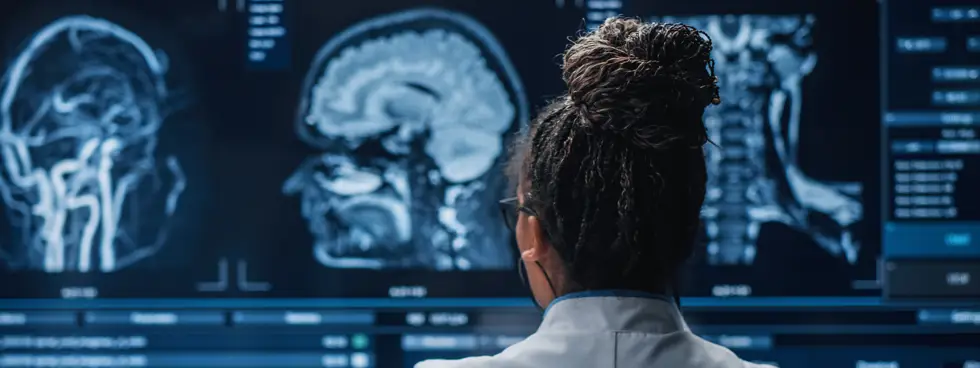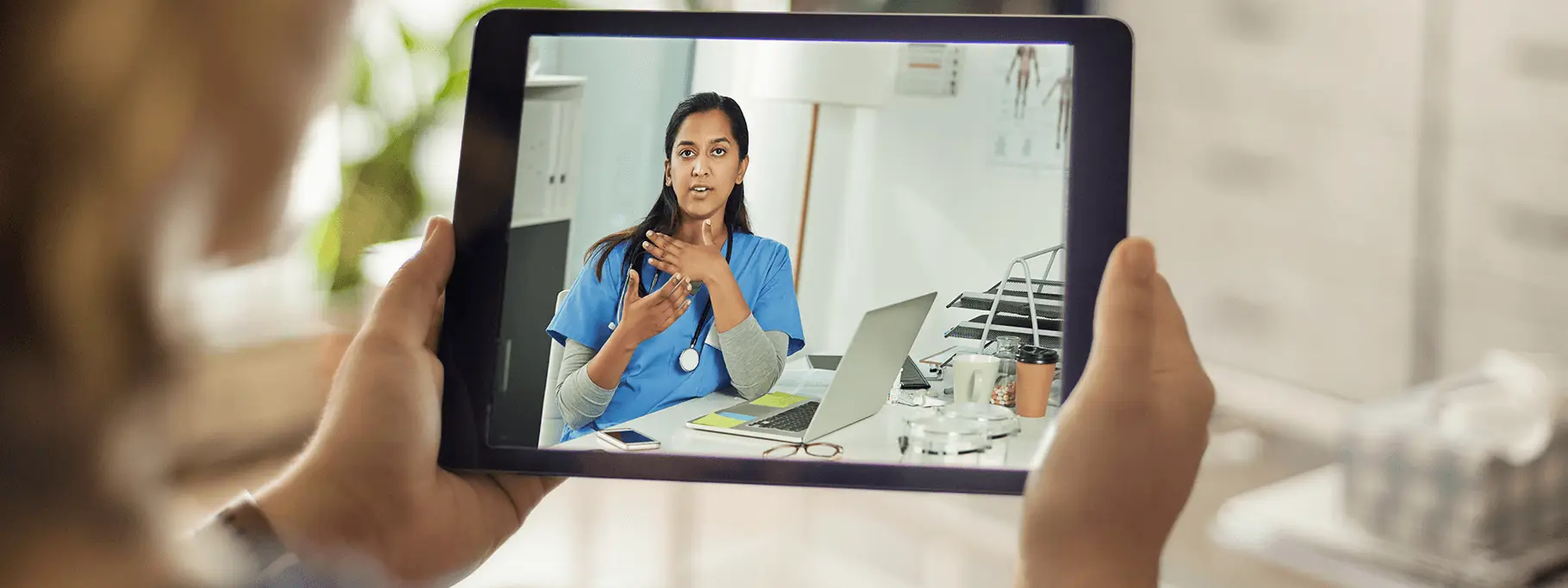Cost of care in catastrophic injury cases has risen year on year with the most serious cases now costing in excess of £400,000 annually. More broadly, the need to balance care needs against finite levels of public resources has given rise to an emerging public debate about the types of model used in delivering healthcare, the role of assistive technology and the ability to make the delivery of personal care services more cost-effective and efficient.
To help us better understand how citizens view these issues we interviewed health, technology and insurance professionals in the UK, US and Australia as well as polling over 1,000 people in each country. All three countries have mature markets for catastrophic injury claims. However, each take a different approach to how they fund public health, the extent of private insurance models, and the way in which they address liabilities arising from catastrophic injuries.
Our conversations with industry leading experts were tailored around the expertise of each individual, be that on the legal journey a claimant goes through or on the advancement of prosthetic limbs and have been used to understand the adoption of technology to date and what changes we can expect to see in the future. The research was conducted between January and April 2020.
Medical Law Matters podcast
Medical Law Matters is legal podcast from our medical law group featuring conversations with leading guest speakers.


Many personal care services can now be replaced or improved via assistive technology. Whilst consumers are supportive of technology-based solutions in healthcare, the medico-legal market is outdated and offers insufficient integration of personal care and assistive technology solutions. The clinical knowledge gap around the role of technology in allowing increased independence for some patients needs to be closed via education and proactive engagement by all parties.
Our key findings
Efforts are needed to manage the financial and human costs of caring. With over seven million people in the UK providing care for their family members this is not simply a matter which impacts on the injured person but also on the wider family members. Providing care through different models which help to reduce the overall costs by relying more heavily on technology is widely supported and seen as important for those who rely on public healthcare systems to fund their care needs.
Clearly there is a balance to be struck when using technology in providing personal care. Technology can make the process of providing care more time and cost-effective, but it will never wholly remove the need for human interventions. Over-reliance on technology could lead to social isolation and psychological deterioration. While there is potential to increase the use of technology, it is not a one-size-fits-all approach.
Technology is not there simply to improve the quality of care for those receiving it. Given the heavy reliance upon caregiving by family members, technology can also provide a major source of support to those providing such care and a reassurance that the person they are caring for is safe and enjoying as much independent living as possible. The use of assistive technologies would provide a benefit for the cared for and carer alike.
It will take time for people to adopt to health-related technology and integrate it into their everyday lives. Part of the challenge in building trust and familiarity will be improving awareness of what technology is available and where it can be accessed. This extends beyond the general public into the realm of market practitioners. In the context of catastrophic injuries, case managers would need to have technological solutions at front of mind when designing long-term care.
Developments in assistive technology are occurring at a rapid pace. Healthcare provision is set to change over the coming decades reflecting the general trend towards digital transformation across our everyday lives. Technology already plays a pervasive role in modern lifestyles. Looking onto the distant horizon the public appetite to use telehealth and assistive technologies is set to increase.
Technology can be better incorporated into traditional care packages, in order to increase patient choice and independence. One of the obstacles to promoting the expansion of mixed care models – where personal care and technology are rotated according to preferences and needs – is the tactical role of claimant advisers. In advocating personal care as a means of maximizing the value of their client’s damages claim, the application of assistive technology may be overlooked.
The COVID-19 pandemic is forcing emergency re-appraisal of the traditional care supply chain for reasons of infection control and business continuity. Whereas there had previously been persistent obstacles to the take up of health-related technology, the spread of COVID-19 is seeing healthcare professionals turning to technology to provide a solution to some of the barriers created by reduced face-to-face contact. The ongoing demand for increased adoption of healthtech solutions is likely to increase, as is the level of public support for reform to our existing healthcare infrastructure.






